Ditapis dengan
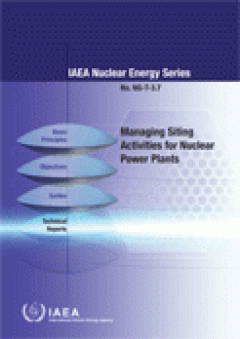
Managing Siting Activities for Nuclear Power Plants | IAEA Nuclear Energy Ser…
The NG-T-3.7 nuclear energy series collection is a collection that discusses Managing Siting Activities for Nuclear Power Plants (NPP). The subject matter in this standard is divided into 6 chapters covering introduction, nuclear power program framework, management of siting activities, criteria for selecting and assessing NPP sites, methodology, and stakeholder involvement. This collection was…
- Edisi
- -
- ISBN/ISSN
- 978-92-0-131610-3
- Deskripsi Fisik
- 59 pages
- Judul Seri
- IAEA Nuclear Energy Series NG-T-3.7
- No. Panggil
- -
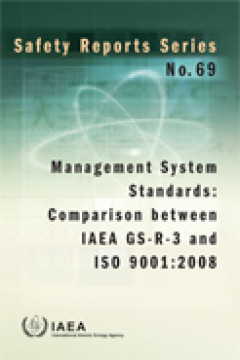
Management System Standards: Comparison between IAEA GS-R-3 and ISO 9001:2008…
This collection is a special collection of safety report series number 69. Published by IAEA in 2012. This collection is about comparison between IAEA GS-R-3 And ISO 9001:2008. Some of the topics discussed include a review of the two standards to their differences and correlations. Also equipped with a comparison table of the two in accordance with the contents of the two standards (MM). Key…
- Edisi
- -
- ISBN/ISSN
- 978-92-0-120710-4
- Deskripsi Fisik
- 55 pages
- Judul Seri
- Safety Reports Series 69
- No. Panggil
- -
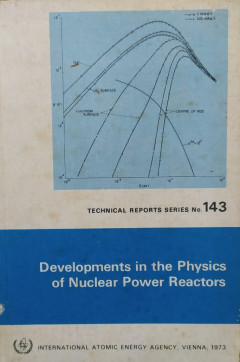
Developments in the Physics of Nuclear Power Reactors: Technical Reports Seri…
The reactor physicst must resist the tendency to become so immersed in day-to-day problems as to lose sight of the overall role of reactor physics. It is his responsibility to form an independent opinion of the overall requirements of a project with respect to reactor physics and to try to make sure they are met. The rest of this presentation gives a general picture of the areas in which rea…
- Edisi
- -
- ISBN/ISSN
- -
- Deskripsi Fisik
- 291 p., illus.; 24 cm.
- Judul Seri
- Technical Reports Series No. 143
- No. Panggil
- 621.483 IAE d
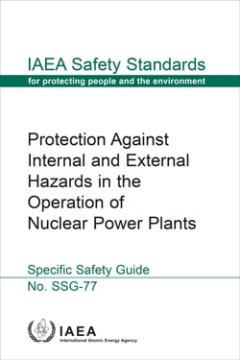
Protection Against Internal and External Hazards in the Operation of Nuclear …
This Safety Guide provides specific recommendations on protection against internal and external hazards in the operation of nuclear power plants. It provides new or updated recommendations derived from enhanced understanding of operational aspects of hazards and combinations of hazards. Operating experience gained from incidents and accidents in nuclear power plants around the world has demonst…
- Edisi
- -
- ISBN/ISSN
- 978–92–0–101522–8 (pdf)
- Deskripsi Fisik
- 83 p
- Judul Seri
- IAEA safety standards series
- No. Panggil
- 621.039.58 IAE p
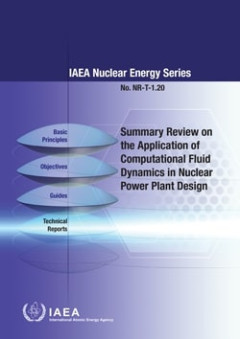
Summary Review on the Application of Computational Fluid Dynamics in Nuclear …
The IAEA’s statutory role is to “seek to accelerate and enlarge the contribution of atomic energy to peace, health and prosperity throughout the world”. Among other functions, the IAEA is authorized to “foster the exchange of scientific and technical information on peaceful uses of atomic energy”. One way this is achieved is through a range of technical publications including the IAEA…
- Edisi
- -
- ISBN/ISSN
- 978–92–0–100321–8
- Deskripsi Fisik
- 80 p
- Judul Seri
- IAEA nuclear energy series
- No. Panggil
- 621.039.5:532 IAE s
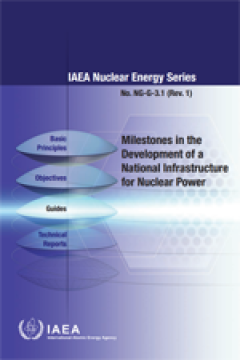
Milestones in the Development of a National Infrastructure for Nuclear Power …
The development and implementation of an appropriate infrastructure to support the successful introduction of nuclear power and its safe, secure, peaceful and sustainable application is an issue of central concern, especially for countries that are considering and planning their first nuclear power plant. In preparing the necessary nuclear infrastructure, there are several activities that need …
- Edisi
- -
- ISBN/ISSN
- 978-92-0-104715-1
- Deskripsi Fisik
- 70 Pages
- Judul Seri
- -
- No. Panggil
- 384.551 IAE M
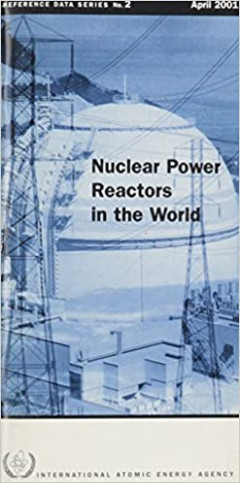
Nuclear Power Reactors in the World. April 2001 Edition
This is the twenty-first edition of Reference Data Series No. 2, which presents the most recent reactor data available to the Agency. It contains summarized information as of the end of 2000 on: (1) power reactors operating or under construction, and shut down; and (2) performance data on reactors operating in the Agency's Member States, as reported to the Agency. The information is collected b…
- Edisi
- -
- ISBN/ISSN
- -
- Deskripsi Fisik
- -
- Judul Seri
- Reference Data Series No. 2
- No. Panggil
- 621.483 IAE N
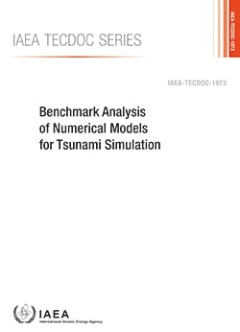
Benchmark Analysis of Numerical Models for Tsunami Simulation: IAEA TECDOC No…
The 2004 Indian Ocean tsunami damaged the Madras Atomic Power Station in India and led to a new understanding of the importance of flooding hazards caused by tsunamis at nuclear power plant sites. The Great East Japan Earthquake and subsequent tsunami in 2011, which heavily damaged the Fukushima Daiichi nuclear power plant, re-emphasized the importance of tsunami hazard assessments. Recognizing…
- Edisi
- -
- ISBN/ISSN
- 978-92-0-128321-4
- Deskripsi Fisik
- 146 p
- Judul Seri
- IAEA TECDOC series
- No. Panggil
- 551.4637 IAE b
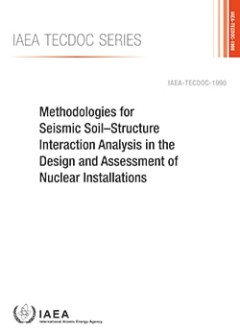
Methodologies for Seismic Soil–Structure Interaction Analysis in the Design…
The response of a nuclear installation’s structure during an earthquake depends on the characteristics of the ground motion, the surrounding soil and the structure itself. Soil– structure interaction (SSI) analysis is used to evaluate the effects of seismic ground motion on an installation’s structure, system and components, to ensure it is designed to withstand the effects of earthquakes…
- Edisi
- -
- ISBN/ISSN
- 978-92-0-143121-9
- Deskripsi Fisik
- 194 p
- Judul Seri
- IAEA TECDOC
- No. Panggil
- 621.039.58 IAE m
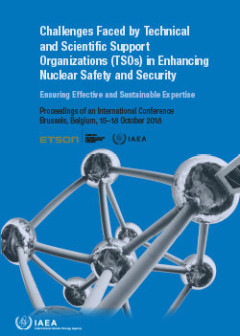
Challenges Faced by Technical and Scientific Support Organizations (TSOs) in …
The global nuclear safety and security framework (GNSSF) provides a conceptual structure and guidelines for achieving and maintaining a high level of safety and security at nuclear facilities and in nuclear related activities around the world. Technical and scientific support organizations (TSOs) play an essential role in sustaining the GNSSF by providing assistance to regulatory bodies in esta…
- Edisi
- -
- ISBN/ISSN
- 978-92-0-121021-0
- Deskripsi Fisik
- 258 p
- Judul Seri
- Proceedings Series - International Atomic Energy Agency
- No. Panggil
- 621.039.58 IAE c
 Karya Umum
Karya Umum  Filsafat
Filsafat  Agama
Agama  Ilmu-ilmu Sosial
Ilmu-ilmu Sosial  Bahasa
Bahasa  Ilmu-ilmu Murni
Ilmu-ilmu Murni  Ilmu-ilmu Terapan
Ilmu-ilmu Terapan  Kesenian, Hiburan, dan Olahraga
Kesenian, Hiburan, dan Olahraga  Kesusastraan
Kesusastraan  Geografi dan Sejarah
Geografi dan Sejarah